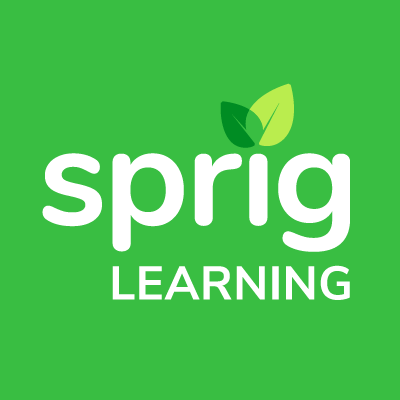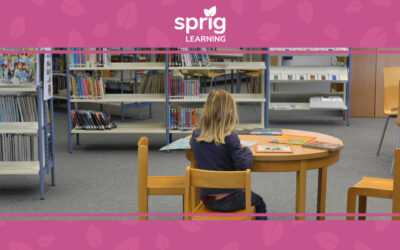The Sprig Learning Bookshelf was built in partnership with Mi’kmaw Kina’matenwey of Nova Scotia, and provides Indigenous and non-indigenous students with access to guided reading in both the English and Mi’kmaw language. It provides early literacy support through levelled readers, and a variety of interactive features.
As an extension of the Sprig Learning Oral Language Program, the Sprig Bookshelf brings the stories of the Mi’kmaw people in Nova Scotia to life and provides access to parents, caregivers, and educators looking to extend learning beyond the classroom. Readers can choose to either read alone, or have the story read to them in either English or Mi’kmaw.
Beyond early literacy, the Sprig Learning Bookshelf acts as a tool for language revitalization among the Mi’kmaw community in Nova Scotia. Each of the four titles currently featured in the bookshelf was created in partnership with a working group of educators, community members, and Elders to represent the localized experience and culture of Mi’kmaw students. Speakers and non-speakers alike can see the Mi’kmaw language come to life, and promote language adoption and retention among some of their youngest speakers.
Download The Sprig Learning Bookshelf for free on the iOS app store for iPad Air today.
More from the Sprig Blog
How to Create High-Quality Head Start Preschools for Early Learning
There are many initiatives to expand accessibility to public Head Start preschools, but such accessibility has to be matched with quality, or there is a risk of perpetuating the cycle of inequity.
In this blog, Sprig argues the case for high-quality preschools, addresses the issue of accessibility, and then gives the indications and characteristics that would be required to create a high-quality public or private early learning program
Early Literacy: Academic Return on Investment (ROI) For Schools
Education leaders do not seek a monetary return on their investments, but they do seek greater student learning and cost-efficiency. This is called the academic return on investment for schools. This article is about increasing the academic return on investment through early literacy initiatives.
The ABCs of Supporting Reading Specialists
Approximately 4 million students are enrolled in Grade 3 in the US in 2022. We regularly read reports from different states about the percentage of Grade 3 and Grade 4 students scoring below the state assessment level for reading proficiency. It ranges from 20% to as much as 60%.
Even if the lower quartile is considered, that means 1 million students are struggling to read in the US. It’s quite a daunting task for reading specialists, with each reading specialist, on average ,responsible for supporting 52 students!
In this article, we look at the nature of the job that is done by reading/literacy specialists, evidence of their effectiveness, and put forward ways in which we can better support them.




